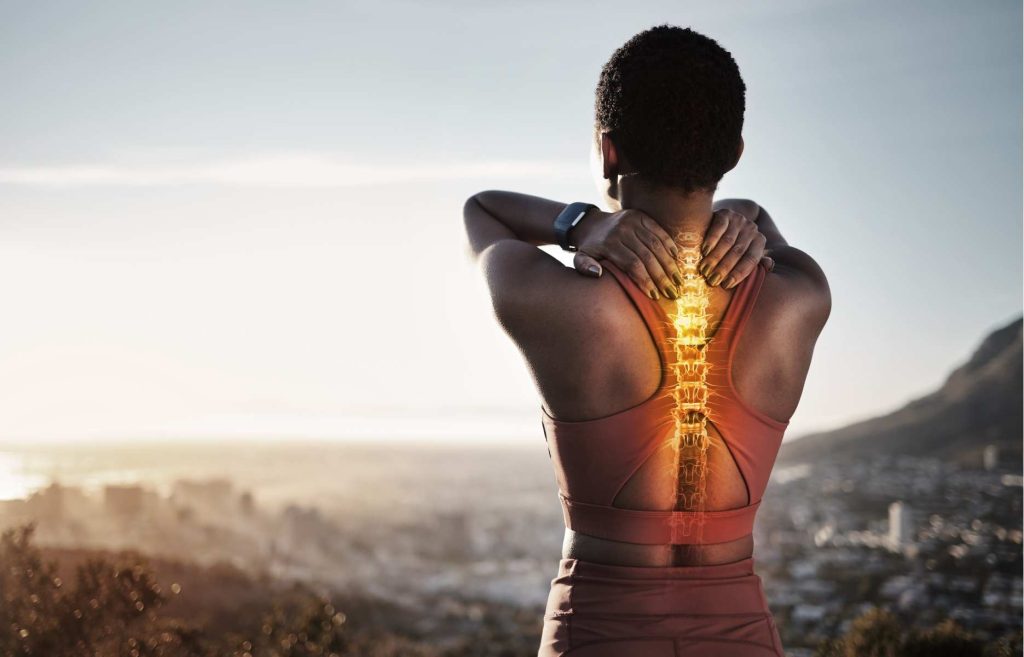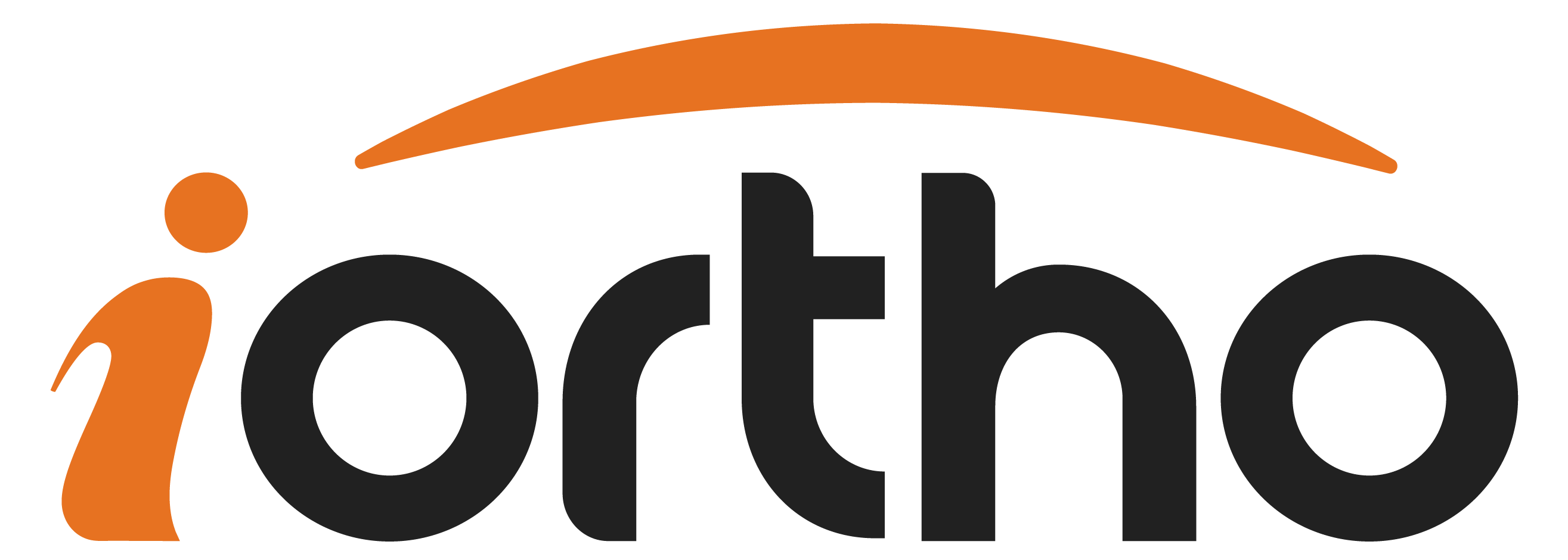SPINE
Spine Care You Can Trust
The trained experts at iOrtho treat a variety of conditions involving problems with the spine through the following specialties:
Interventional Spine
Interventional spine is a subspecialty of orthopedics and pain management devoted to the treatment of spinal pathology with the use of minimally invasive techniques performed on an outpatient basis with accelerated recovery and minimal downtime for the treatment of painful spine conditions.
Spine Surgery
Spine Surgery is a surgical specialty that focuses on the treatment of spinal conditions including spinal deformity correction, disc excision, disc replacement, spinal decompression and fusion and fracture repair.
Minimally Invasive Spine Surgery
Minimally invasive robotic surgery is a cutting-edge approach that offers pinpoint precision, smaller incisions for faster recovery, personalized treatment, reduced pain, and fewer complications. Enhanced visualization aids the surgeon, leading to improved long-term results. Contact iOrtho for a consultation with a specialist to embark on your journey toward better joint health through this state-of-the-art surgical technique.

ARTIFICIAL DISC REPLACEMENT
Artificial Disc Replacement (ADR) is an alternative to traditional spinal fusion for treating disc-related back problems. ADR preserves natural spinal motion, reducing the risk of adjacent segment degeneration. With a faster recovery period and fewer activity restrictions, ADR offers a promising option for regaining mobility and alleviating pain. Consult with an iOrtho spine specialist to explore this innovative approach to spinal health and potentially enjoy a more active and pain-free lifestyle.
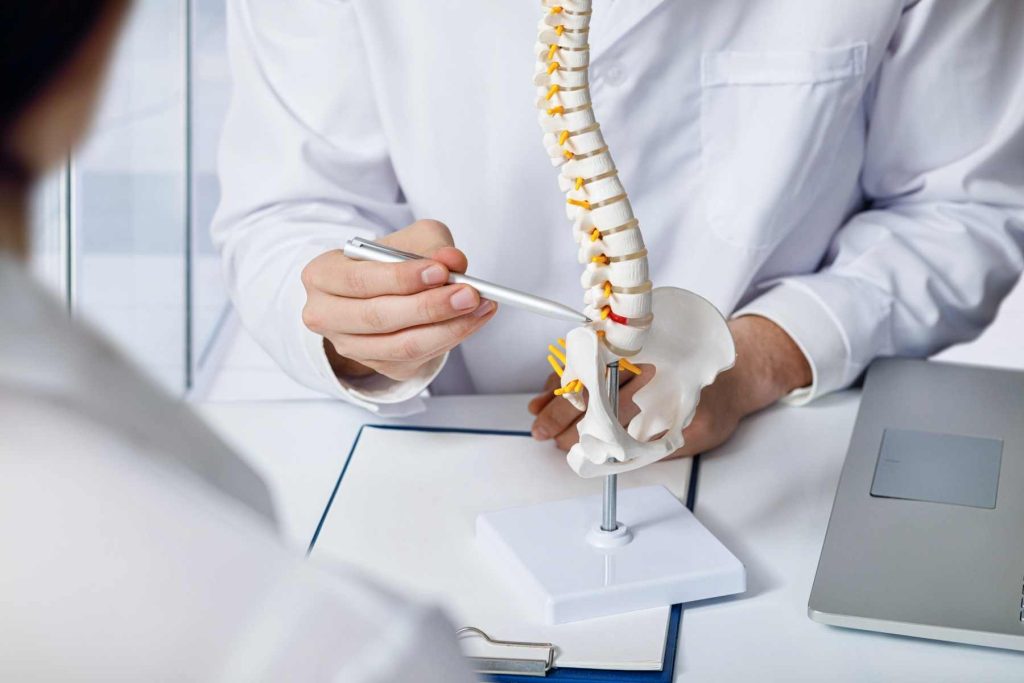
DEGENERATIVE DISC DISEASE
The most frequent causes of chronic neck pain are degenerative disc disease, pinched nerves, whiplash, herniated disc, fibromyalgia or simple strain. Infections may also produce neck pain, such as throat infections and associated swelling of the lymph nodes. Neck pain that is accompanied by back pain may be the result of inflammation extending from spine into the neck region, a disorder called ankylosing spondylitis.
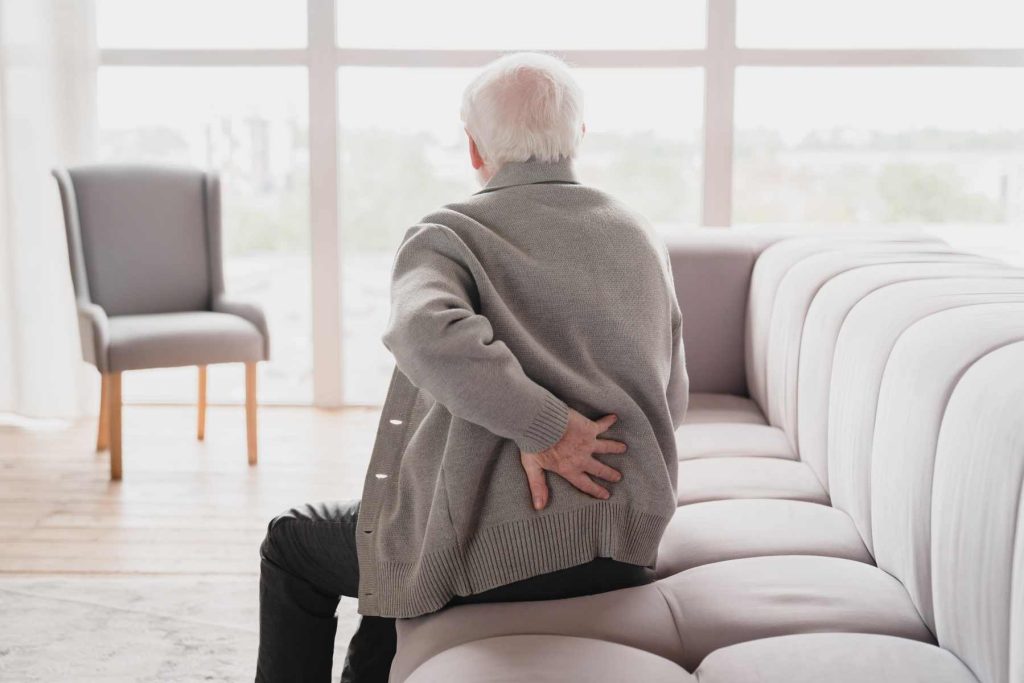
DISC HERNIATION
Composed of intricately connected bones held together by soft tissues called ligaments, the spine and vertebrae suffer tremendous amounts of stress and strain each day. Physical activities we take for granted, such as walking, bending, lifting and twisting, constantly put extreme pressure on the protective, gel-like discs sandwiched between vertebrae.
If one of these discs slips out of position, the disc typically bulges outward and presses on spinal nerves, causing pain and inflammation indicative of a condition called disc herniation. When moderate to severe disc herniation is unresponsive to physical therapy and anti-inflammatory medications, your back pain doctor may recommend patients undergo a discectomy to repair herniated discs, relieve pain and restore mobility.
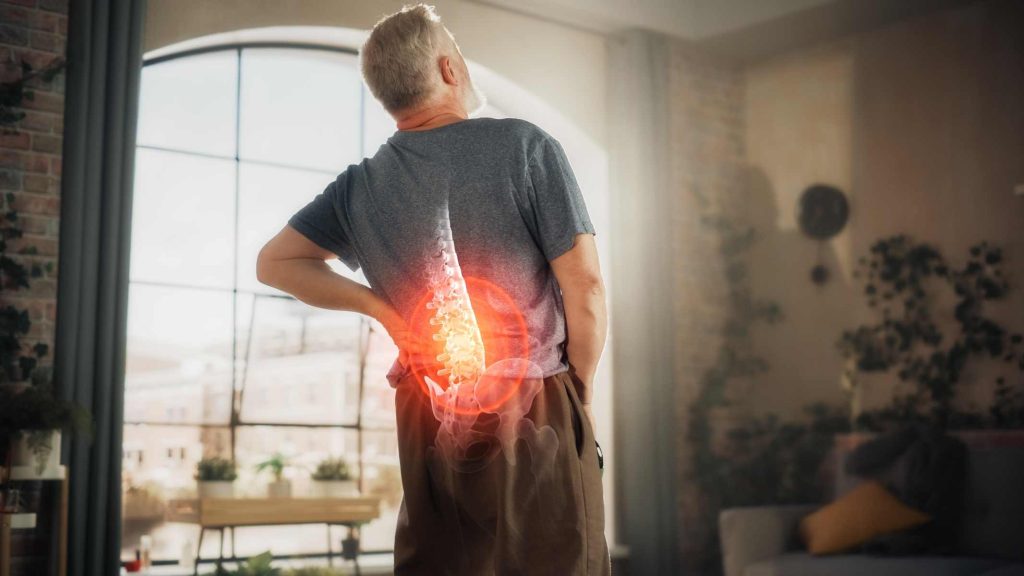
ARTHRITIS
A degenerative disease affecting the lower spine, lumbar spondylosis compromises spine health and function by narrowing intervertebral spaces and compressing spinal nerves. Generally attributed to aging, spondylosis also causes spinal osteoarthritis when it damages thoracic and cervical vertebrae.
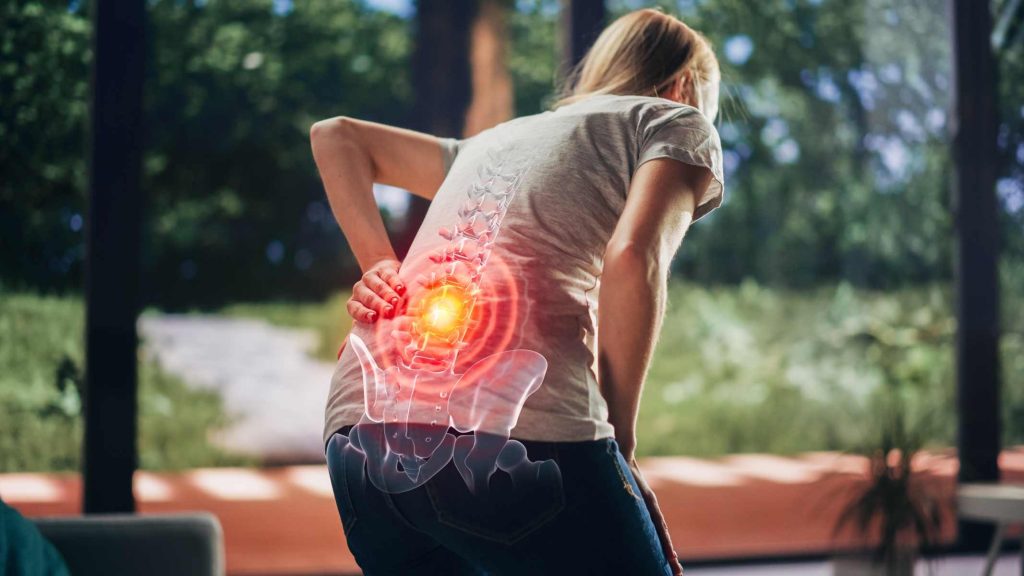
SPINAL STENOSIS
Spinal Stenosis is the narrowing of the spinal canal and nerve root canal can cause back and leg pain, especially when walking. Patients with foraminal spinal stenosis may require a doctor to perform a foraminotomy to enlarge the opening and reduce pressure on the nerve root.
Symptoms of lumbar spondylosis include pain, numbness and tingling radiating from affected areas and decreased flexibility of the spine. In advanced cases of lumbar spondylosis, spinal cord impingement caused by narrowing of the spinal canal may produce neurological problems, such as unsteady gait and an inability to control bladder functioning. If you’re experiencing uncomfort, make an appointment with iOrtho today.

SPONDYLOLISTHESIS / SPONDYLOLYSIS
Spondylolisthesis / Spondylolysis is weakness or fracture between the upper and lower facets of a vertebra. If the vertebra slips forward, it can compress the nerve roots causing pain. If you have tried traditional treatments for disc problems and continue to suffer from protruding, degenerated or herniated discs that cause debilitating back and leg pain, you may qualify for an endoscopic discectomy.
Endoscopic discectomy is a minimally invasive alternative for treating disc-related back issues. This procedure involves a tiny incision, reducing tissue damage, postoperative discomfort, and recovery time. Endoscopic Discectomy allows for precise removal of problematic disc material, alleviating pain and discomfort. Consult a spine specialist to discover how this innovative approach can help you regain mobility and live with less pain, offering a quicker path to a better quality of life.
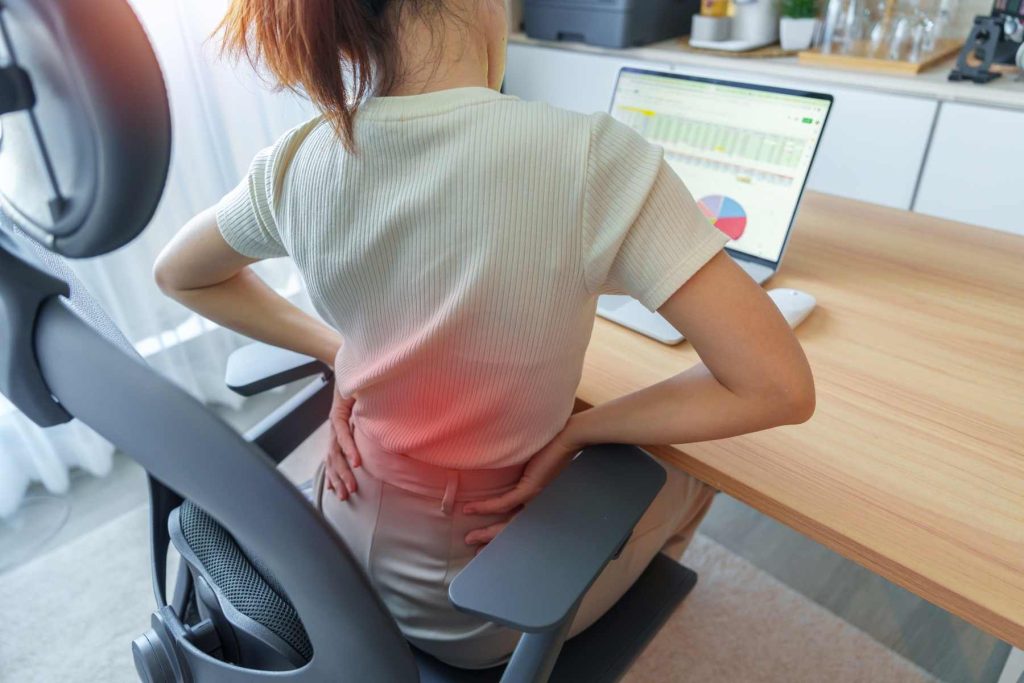
SCOLIOSIS
Scoliosis is when the spine has an abnormal curvature. The most common symptoms of a curving spine may include; visible difference in hip/shoulder height, uneven shoulders, leg length asymmetry, back pain, height loss, pressure on nerves causing pain, numbness or weakness.
If severe and left untreated, it can affect the general health including cardiopulmonary function. Treatments for scoliosis include bracing and exercise. For cases that are severe or progressive surgical correction is recommended.
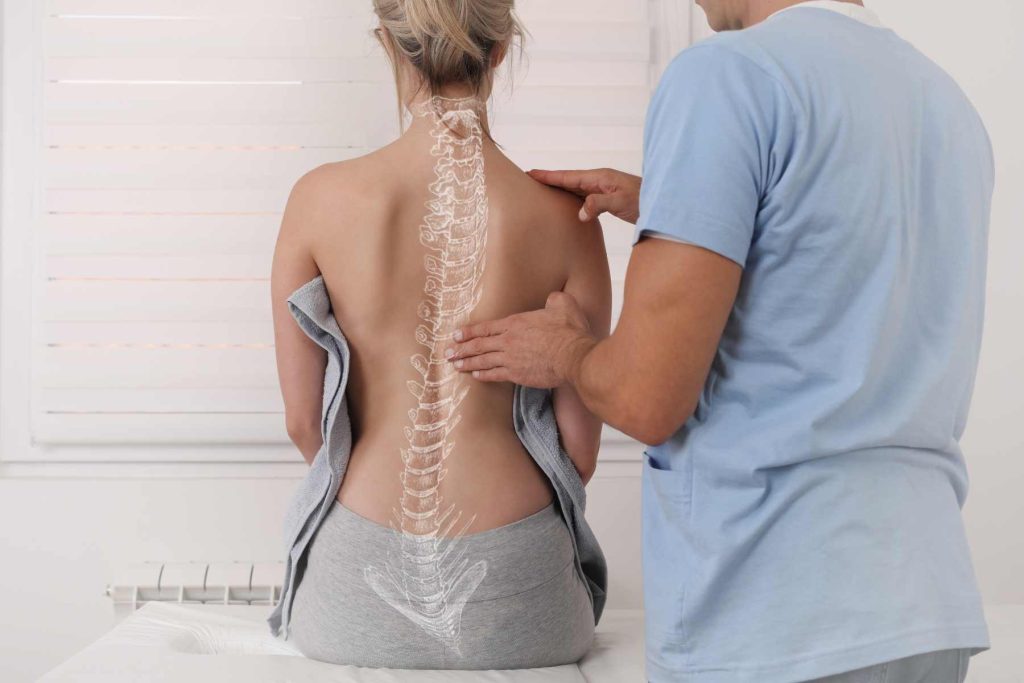
ENDOSCOPIC RHIZOTOMY
Endoscopic rhizotomy is an outpatient minimally invasive endoscopic surgery that allows direct visualization of the medial branch nerve that supplies the facet joints in the back of the spine. The surgery takes the percutaneous RF facet denervation procedure an important step further by providing direct endoscopic visualization of the posterior spinal anatomy and nerves. An incision that is less than a quarter of an inch is made, and a camera is inserted in the spine. By cutting a section of the medial branch nerve, the pain signal is interrupted. This surgery can be performed on the cervical, thoracic, and lumbar spine. It can also be performed on the sacroiliac joint for sacroiliac joint disease.
Medial branch nerves are very small nerves that innervate the facet joints of the spine. Facet joints are the joints connecting the different vertebrae of the spine to each other. The joints are present on both sides of the spine from the neck to the lower back.
ENDOSCOPIC DISCECTOMY
Endoscopic discectomy is an outpatient minimally invasive spine surgery performed to treat disc problems that cause back and leg pain. A unique feature of this technique is the technology used to access the spine; through a keyhole (8mm) incision, surgery is performed using a specialized WOLF endoscope.
A WOLF endoscope is a specialized, german engineered, device with a tiny camera at the end. The endoscope delivers the surgeon an excellent view of the disc and related structures through this tiny incision. This enhanced view allows the surgeon to select the part of the disc to be removed that is causing your pain.
Instead of cutting through tissues (eg, muscles, ligaments) to access the spine, a dilator will gently separate soft tissue and are graduated in size to enlarge the operative field.
MINIMALLY INVASIVE SCREWLES® SPINE SURGERY
The ScrewLES® Spine surgery solution is a minimally invasive outpatient procedure that combats pain through less than a two inch incision. Inspan is a revolutionary interspinous fixation and interlaminar distraction decompression technique for lumbar spine fusion.
Inspan treats the underlying problem causing pain. It is an implant used in a minimally invasive technique that can provide lasting relief. Inspan opens the spinal canal and the foramen to relieve nerve compression, restores disc height, decompresses and fixates the facet joints to immobilize them for the bony surfaces to fuse.
Back pain may be a symptom of a degenerative disc. Spinal discs are shock absorbers while facets are bony joints that support movement. When the discs and facets are degenerative any movement can cause debilitating pain. Therapy and injections relieve pain temporarily. Interspinous fixation and fusion with Inspan stops the painful motion, opens the canal to relieve nerve compression and is a quick, safe and less invasive surgery that may provide a more lasting relief.
Inspan has a proven 10 year track record of implanting thousands of FDA-cleared interspinous fixation devices with zero device failure.
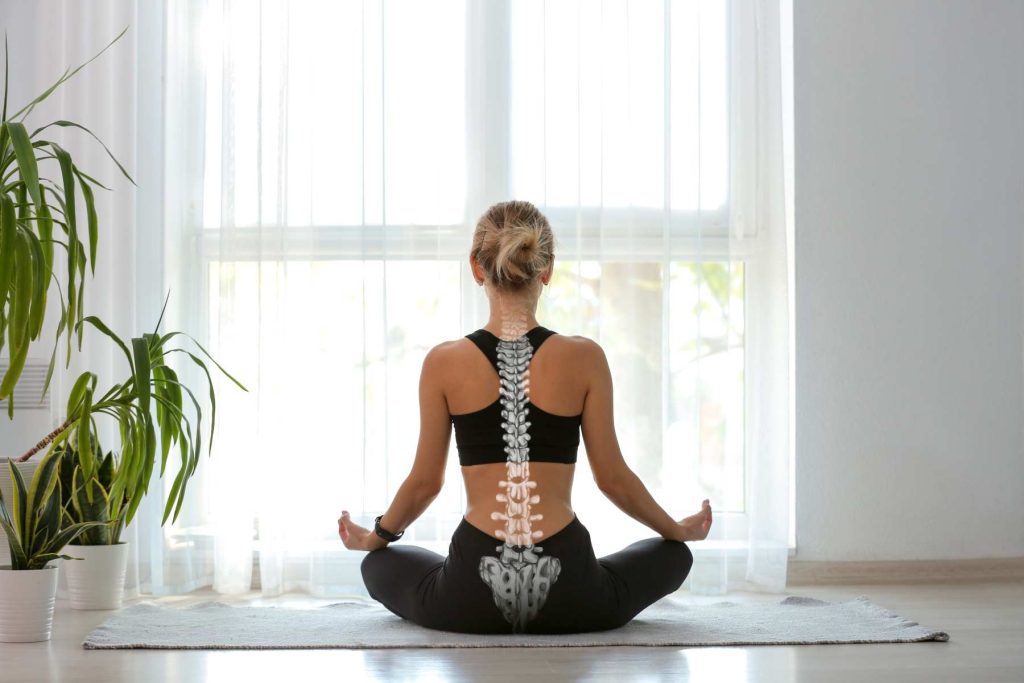
KYPHOPLASTY
Balloon Kyphoplasty is a minimally invasive procedure for the treatment of vertebral compression fractures, commonly called spinal fractures. This type of fracture is often caused by conditions that affect bone mass such as osteoporosis, cancer, or long-term use of oral corticosteroids. Spinal fractures cause the vertebral body to crack or collapse, altering the shape of the spinal column. Just one fracture can change the vertical alignment of the spine and can lead to additional fractures.
It has been estimated that over 700,000 spinal fractures occur annually in the U.S. alone. Significant pain and some degree of kyphosis is common, especially in patients suffering from multiple fractures.
Before minimally invasive surgery, the only treatment option for patients with spinal fractures was open surgery. Outcomes were poor, primarily because attaching hardware to bone that is already “soft” or compromised is difficult and not successful. Balloon Kyphoplasty is an innovative technique that can restore the vertebra to a near-normal shape, thereby maintaining spinal alignment. Before the procedure, the patient usually undergoes imaging studies to pinpoint the location of the fracture. Many patients report immediate relief from pain after the procedure due to the exothermic reaction of the bone cement hardening process.
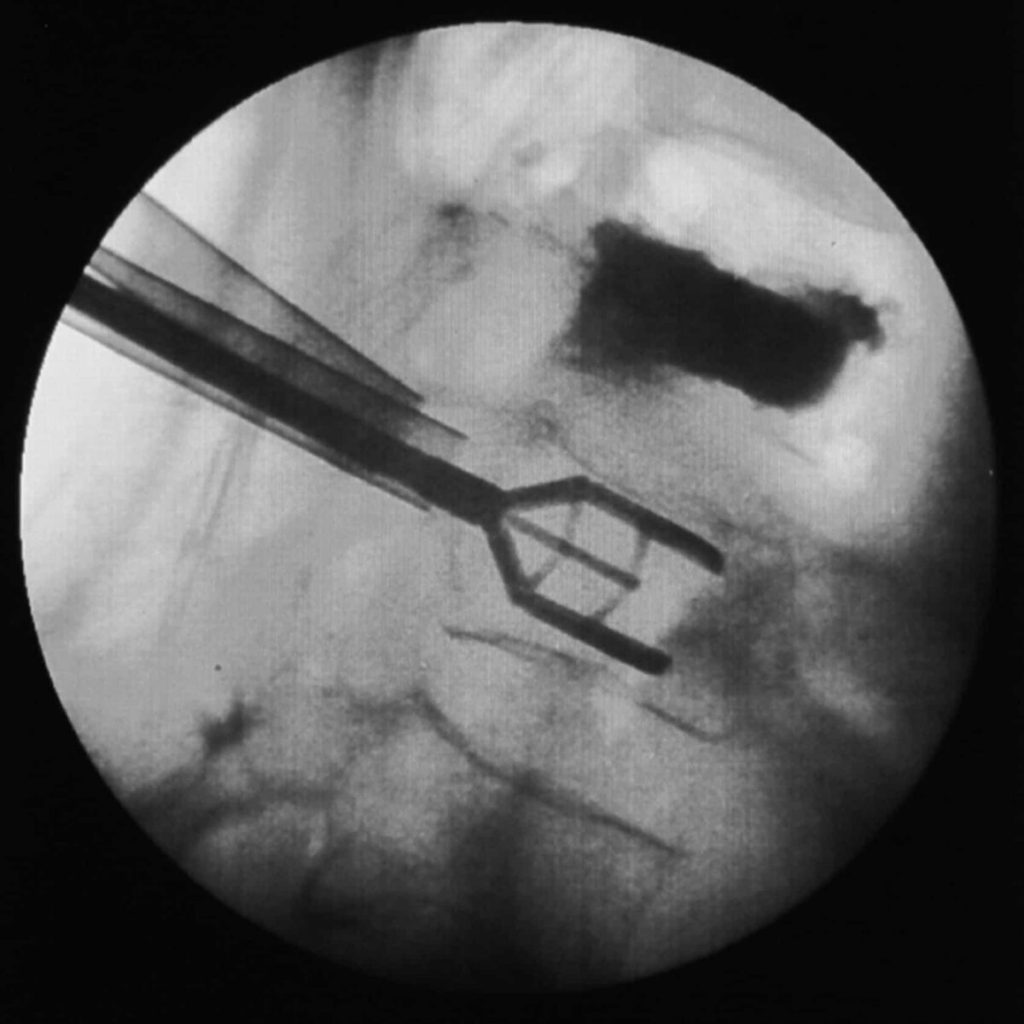
What is a lumbar epidural steroid injection?
During this procedure, a corticosteroid (anti-inflammatory medicine) is injected into the epidural space to reduce inflammation and pain. Your physician may inject into the epidural space from behind, this is called an interlaminar injection. When your physician goes in from the side, it is called a transforaminal injection. If the needle is positioned next to an individual nerve root, it is called a selective nerve root block. When performed from below it is called a caudal injection.
SACROILIAC JOINT TREATMENT
Same day outpatient surgery with less than a one-inch incision, patients are on their way home that same day. Rapid recovery with SACRIX SI Joint Fusion®Technology.
The Sacrix Sacrofuse system is uniquely innovated for the treatment of Degenerative Sacroiliitis and Sacroiliac Joint Disruption. Our sacrix technique is designed for lateral-oblique SIJ fusion with the aim for outpatient less exposure surgery treatment. The procedure is indicated for sacroiliac joint fusion for conditions Degenerative Sacroiliitis and Sacroiliac Joint Disruptions.
The SACRIX approach is a safe percutaneous lateral-oblique approach compared to the traditional lateral approach. This technique has demonstrated a faster recovery time with minimal blood loss during surgery and proven effective results.
SACRIX has 400X pull-out strength compared to the SI-Bone triangular wedge.
